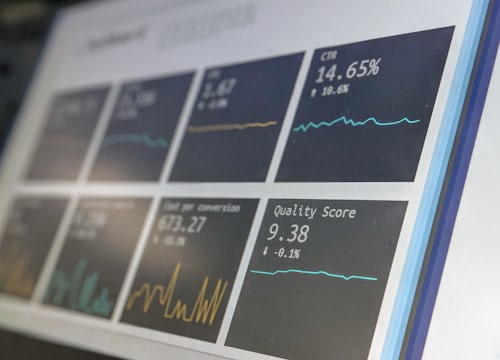Hours of Operation
Location
Contact Us
Mon to Fri - 8:30 am to 5:00 pm
Sat - 9:00 am to 2:00 pm
Sun - Closed
12771 South Minuteman Drive
Draper, UT 84020
- Repair of plasterboard ceilings
- Bitcoin blender service, Bitcoin mixing, Bitcoinmixer review, Bitcoin blender list
- Tips for the organization of family coziness
- Tips for passing the game The Witcher. Passage of the game # 005
- Sunny power station taught to work in a night shift
Parts & Service Closed Sat & Sun
Advantages and disadvantages of short selling
Advantages and disadvantages of short selling
Short selling is riskier than traditional stock trading, and successful traders use it as part of a larger overall strategy rather than a way of life.
- Advantage: Short sellers identify bad companies
Short selling growing and profitable companies makes very little financial sense. Short sellers, by definition, are on the lookout for weaker stocks in mt4 Exness with shaky balance sheets, flawed products or questionable decision makers.
Sometimes they even find a combination of all three! If you look for stocks with heightened short interest, you may find companies that are heading for a downturn.
- Disadvantage: Potentially unlimited losses
When you buy a stock, your maximum loss is the initial amount you invested - you can't go below zero. But that doesn't apply to short selling. When you sell short, you borrow shares and sell them immediately.
Then you wait for it to fall before returning it to your broker. But what if the stock skyrockets on the news that it has been purchased and the share price doubles? Short sellers run the risk of losing more than they initially invested if the stock takes the lift up instead of down.
- Advantage: Easier to hedge your portfolio.
One of the most common uses of short selling is to hedge a long portfolio in case stocks enter a bear market. Short selling is often used as "insurance" against market declines, as the profits from short selling offset the portfolio's losses.
Many traders also hedge stock purchases with put options to protect against downside risk.
- Disadvantage: Bull markets are more frequent than bear markets
Short selling may sound exciting and glamorous, but in most markets it is a money-loser. The simple fact is that bull markets tend to last longer than bear markets and shorts will inevitably be on the wrong side of a few trades.
Stocks go up more than they go down; what else is the point of it all?
Example of a short sale
Let's say you want to invest in (and short) companies that develop coronavirus treatments. You have a good read on the biotech industry and believe that Pfizer and Gilead will succeed with their clinical trials, but Moderna and Inovio Pharmaceuticals will fail.
In this scenario, you would buy 100 shares of Pfizer and Gilead and sell short 100 shares of Moderna and Inovio. There is no minimum or maximum for how long short sellers must wait to cover, but they must maintain a reasonable margin level and pay interest to their broker.
Fortunately, these clinical trials are a quick fix - Moderna, Inovio and Gilead all fail, while Pfizer reports successful results. Moderna and Inovio's shares fall so you can buy them back on the open market and return them to your broker at a profit.
You sell Gilead at a loss and hold Pfizer until further notice. In this trade, there are gains on both shorts, a loss on the Gilead investment and unrealised gains on the Pfizer investment.
For example, if you sold Moderna short at $100 per share and bought it back at $90, this means you made a profit of $10 per share (less commissions, exchange fees, etc.).
The bottom line: short selling is a common practice
Short sellers sometimes have a bad reputation, but they have an important role to play. Short selling beats companies with fraudulent numbers and provides liquidity to otherwise dry areas of the market.
But shorting stocks also comes with specific risks, including losing more than one's capital. Short sellers also swim against the tide in bull markets and are often exposed to vicious recoveries in bear markets. Short selling is tough, make no mistake.
But when the market turns on a dime as it did in the days of the corona virus, short selling protects your long-term investments and creates numerous profit opportunities in the short term. Short selling is no longer a hassle these days. Many brokers offer this service or you can use a CFD!
Leave a Reply Cancel reply

©2021 Recreation RV Sales, LLC. | All Rights Reserved | Privacy Policy | Terms and Conditions | Site Credit
Toll Free : 888-958-7848
Office: 801-572-0525
Service: 801-571-6439
Fax: 801-576-2607
recreationrvsales@gmail.com
12771 South Minuteman Drive Draper, UT 84020
HOURS OF OPERATION
MON TO FRI 8:30 AM TO 5:00 PM
CLOSED WEEKENDS


